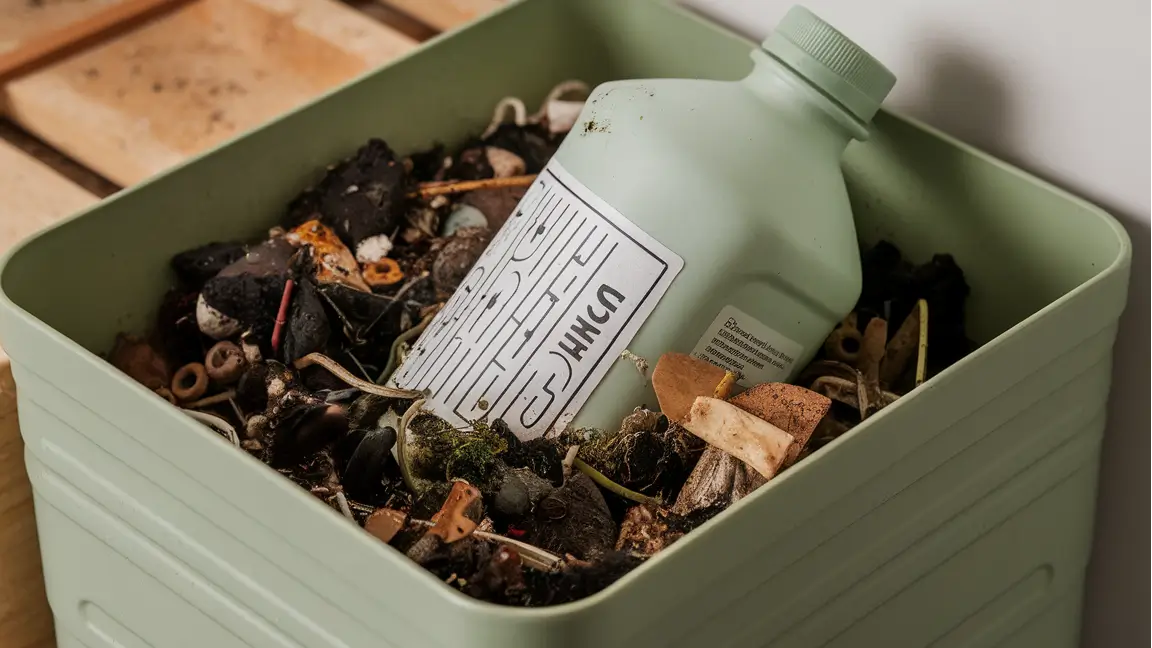
10 Best Alternatives to Plastic Packaging for High-End Jewelry
2024-11-19
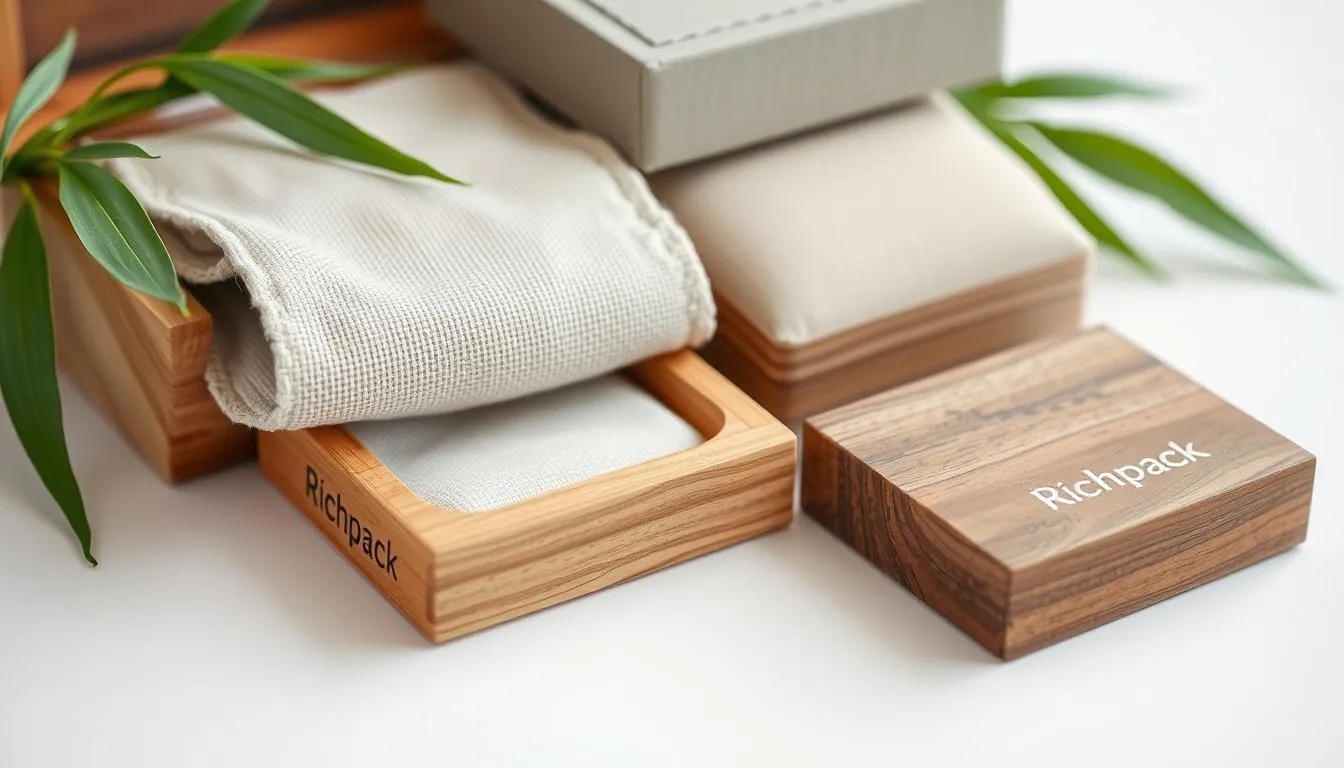
Did you know over 80% of consumers are willing to pay more for eco-friendly packaging? This shows how much people want sustainable jewelry box options. We’re here to guide you through picking the right materials for these green solutions. In this guide, we’ll look at the important factors for choosing materials for sustainable jewelry boxes. We’ll cover eco-friendly options and how they affect your brand image. Let’s explore green packaging and learn how to make your jewelry shine responsibly.
The jewelry industry is changing fast, with a focus on sustainable packaging. More and more people want to know how their purchases affect the planet. This has made brands think twice about their packaging, moving away from traditional boxes that harm the environment.
There’s a big shift in what materials are used for jewelry packaging. It’s not just about being green; it’s about finding new ways to meet customer needs and show off a brand’s values. Sustainable packaging in jewelry is not only good for the planet but also helps save money and improve how customers see a brand.
Let’s look into the world of sustainable jewelry packaging and how it’s changing the industry. Richpack will talk about options like biodegradable and recycled materials. This guide will help you find the right eco-friendly packaging for your jewelry business.
| Traditional Packaging | Sustainable Packaging |
| High environmental impact | Reduced carbon footprint |
| Often non-recyclable | Recyclable or biodegradable |
| Limited material options | Diverse eco-friendly materials |
| Perceived luxury | Eco-conscious brand image |
Choosing the right materials for jewelry boxes is key to making sustainable packaging. We’ve looked at different options that are good for the planet and look great.
Sustainable materials are both strong and kind to the environment. Bamboo is a fast-growing plant that’s perfect for making beautiful jewelry boxes. Cork, taken from tree bark without hurting the tree, adds a special texture and keeps things cool.
Bamboo is one of the standout options in this movement. This fast-growing plant can be harvested without harming the ecosystem, making it an ideal choice for jewelry boxes. Bamboo’s natural beauty and unique grain patterns lend themselves to elegant designs, ensuring that these boxes not only serve a practical purpose but also have an attractive finish. Additionally, bamboo is lightweight yet sturdy, providing reliable protection for precious items inside.
Another sustainable alternative is cork, which is harvested from the bark of cork oak trees. This method allows the trees to continue growing and thriving, highlighting the potential for sustainable forestry practices. Cork’s distinct texture and natural insulation properties add a unique touch to jewelry boxes. Not only does it help maintain optimal conditions for delicate jewelry, but its flexibility and resilience make it an intriguing design option that appeals to modern consumers.

Biodegradable packaging is becoming more popular in the jewelry world. Made from plants like cornstarch or sugarcane, these materials break down easily. They’re a great choice for protecting jewelry without harming the planet. In recent years, the shift toward sustainability has permeated various industries, including jewelry. Among the most notable changes is the increased adoption of biodegradable and compostable options in packaging and materials. As consumers become more environmentally conscious, brands are prioritizing materials selection that aligns with green principles. Utilizing plant-based materials, like cornstarch or sugarcane, these options provide a novel way to protect jewelry while ensuring that they leave behind minimal environmental impact.
Biodegradable and compostable materials offer a compelling alternative to traditional plastics. Unlike their petroleum-based counterparts, these innovative materials are engineered to decompose efficiently in industrial composting facilities or through natural processes. By integrating such options, jewelry companies can significantly reduce their carbon footprint and cultivate a more responsible relationship with the planet. This not only appeals to eco-conscious consumers but also sends a clear message about the brand’s commitment to sustainability.
Recycled materials are important for eco-friendly jewelry boxes. Old paper and cardboard can be made into strong and pretty boxes. Upcycled fabrics, like old silk or organic cotton, make jewelry look fancy and help reduce waste.
| Material | Sustainability Factor | Durability | Aesthetic Appeal |
| Bamboo | High | Excellent | Natural, elegant |
| Cork | High | Good | Unique, textured |
| Plant-based Plastics | Medium | Moderate | Versatile, modern |
| Recycled Paper | High | Good | Rustic, customizable |
| Upcycled Fabrics | High | Moderate | Luxurious, unique |
Choosing the right materials for sustainable jewelry boxes is important. We must consider environmental impact, durability, aesthetics, and costs. This balance helps create the perfect solution.
The lifecycle of packaging materials is key to sustainability. We examine production methods, energy use, and disposal. Recycled paper and biodegradable plastics are often better for the environment than traditional materials. The choices we make in materials selection play an essential role in shaping a sustainable future. By carefully considering the environmental impact of various materials, we can influence the entire lifecycle of a product—from production methods to energy consumption and final disposal. For instance, the production of recycled paper and biodegradable plastics often presents a more eco-friendly alternative to conventional materials, offering a path toward reducing our ecological footprint. These innovative options can significantly alleviate the stress placed on our planet’s resources, leading to a more sustainable industry.
When evaluating production methods, the energy expended and the emissions produced are critical factors. Sustainable materials that require less energy during production not only help in conserving non-renewable resources but also contribute to lower greenhouse gas emissions. Recognizing the importance of energy-efficient practices leads to the adoption of methods that favor renewable energy sources and advocate for the reduction of waste. Transitioning to materials that are both renewable and recyclable further amplifies our efforts to mitigate environmental degradation.
Packaging must protect jewelry well. We look for materials that are strong yet eco-friendly. Bamboo and recycled cardboard are great options for this. Packaging must protect jewelry well, ensuring both safety during transit and an appealing presentation for customers. The durability of the materials used is paramount in preventing damage from impacts, moisture, and environmental factors. As the jewelry industry continues to evolve, there is a growing recognition of the need for sustainable practices, and this extends to materials selection for packaging. By prioritizing strength without compromising ecological responsibility, brands can enhance their image while safeguarding their products.
Furthermore, incorporating protective features within the packaging design can significantly enhance durability. This might include cushioning layers or inserts made from biodegradable materials that ensure jewelry is held securely in place. Such innovations not only reduce the risk of breakage but also align with a broader commitment to environmental stewardship, as consumers increasingly favor brands that prioritize sustainability. Ultimately, the careful selection of materials plays a critical role in the effectiveness of packaging solutions in the jewelry industry.
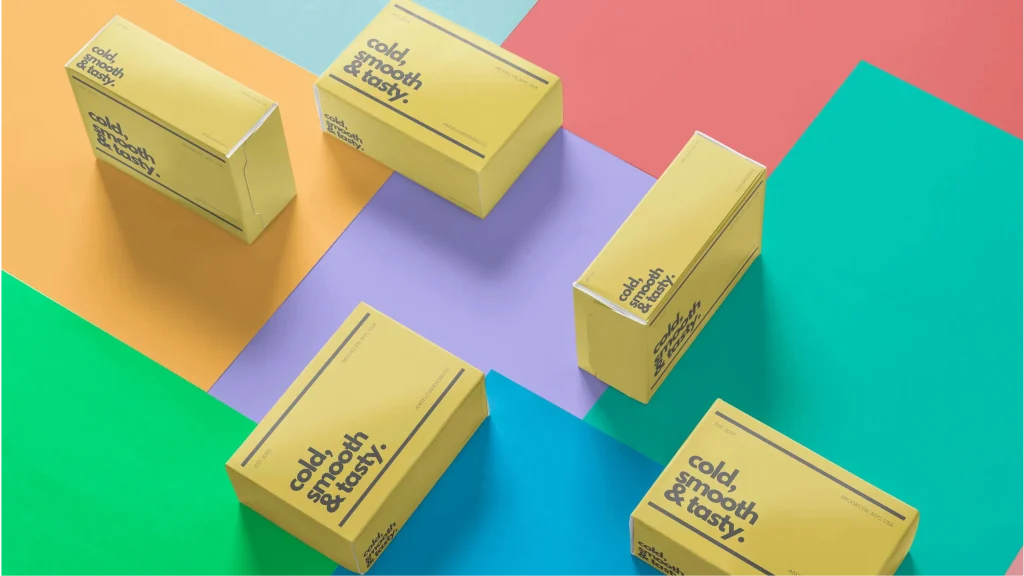
Material costs and availability are important for businesses. We look at the market for eco-friendly options and offer affordable packaging ideas. As demand increases, more sustainable materials are becoming cheaper and easier to find. Cost and availability are crucial factors for businesses in today’s competitive landscape. With sustainability becoming a focal point for consumers, companies are increasingly searching for materials that not only meet their performance requirements but also align with eco-friendly practices. This shift in focus prompts an exploration of the market for affordable and environmentally responsible options, where traditional materials are often replaced or supplemented by innovative alternatives.
Materials selection has emerged as a key component in this quest for sustainability. As demand for green products intensifies, manufacturers are responding by diversifying their offerings with renewable and recycled resources. This increased competition results in a downward pressure on prices, making these sustainable materials more accessible to a wider range of businesses. In turn, organizations can implement environmentally sound practices without overextending their budgets.
Furthermore, advances in technology and production methods continue to enhance the availability of sustainable materials. Research and development teams are actively working to improve the performance and reduce the costs associated with eco-friendly options. As a result, companies that prioritize materials selection can now source high-quality, sustainable alternatives that not only contribute to environmental preservation but also help boost their brand image and customer loyalty.
| Material | Environmental Impact | Durability | Aesthetics | Cost |
| Recycled Paper | Low | Moderate | Good | Low |
| Bamboo | Low | High | Excellent | Moderate |
| Cork | Low | High | Excellent | Moderate |
| Organic Fabric | Low | Moderate | Excellent | High |
We’ve made a checklist to help you pick eco-friendly packaging for your jewelry boxes. It covers important points to make sure your choices are good for the environment and your business.
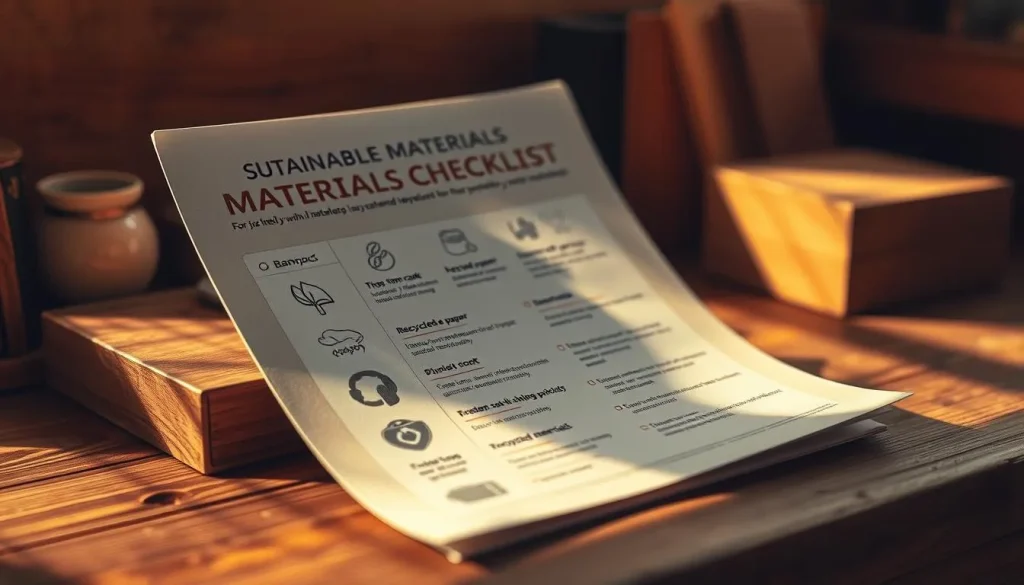
Think about these questions when checking out materials:
By using this checklist, you’ll make choices that are good for the planet and your business. Our eco-friendly packaging criteria will help you make jewelry boxes that protect your products and the environment.
Choosing the right materials for eco-friendly boxes is key. They must be good for the planet, last long, and look great. Jewelry makers should think about the long-term benefits of green packaging. Even if it costs more upfront, the good it does for your brand and customers is worth it.
We’ve looked into sustainable jewelry boxes and found many eco-friendly options. These include recycled and biodegradable materials. If you interested in our packaging, feel free to contact us. Let’s make packaging greener and help protect jewelry while reducing harm to the environment.
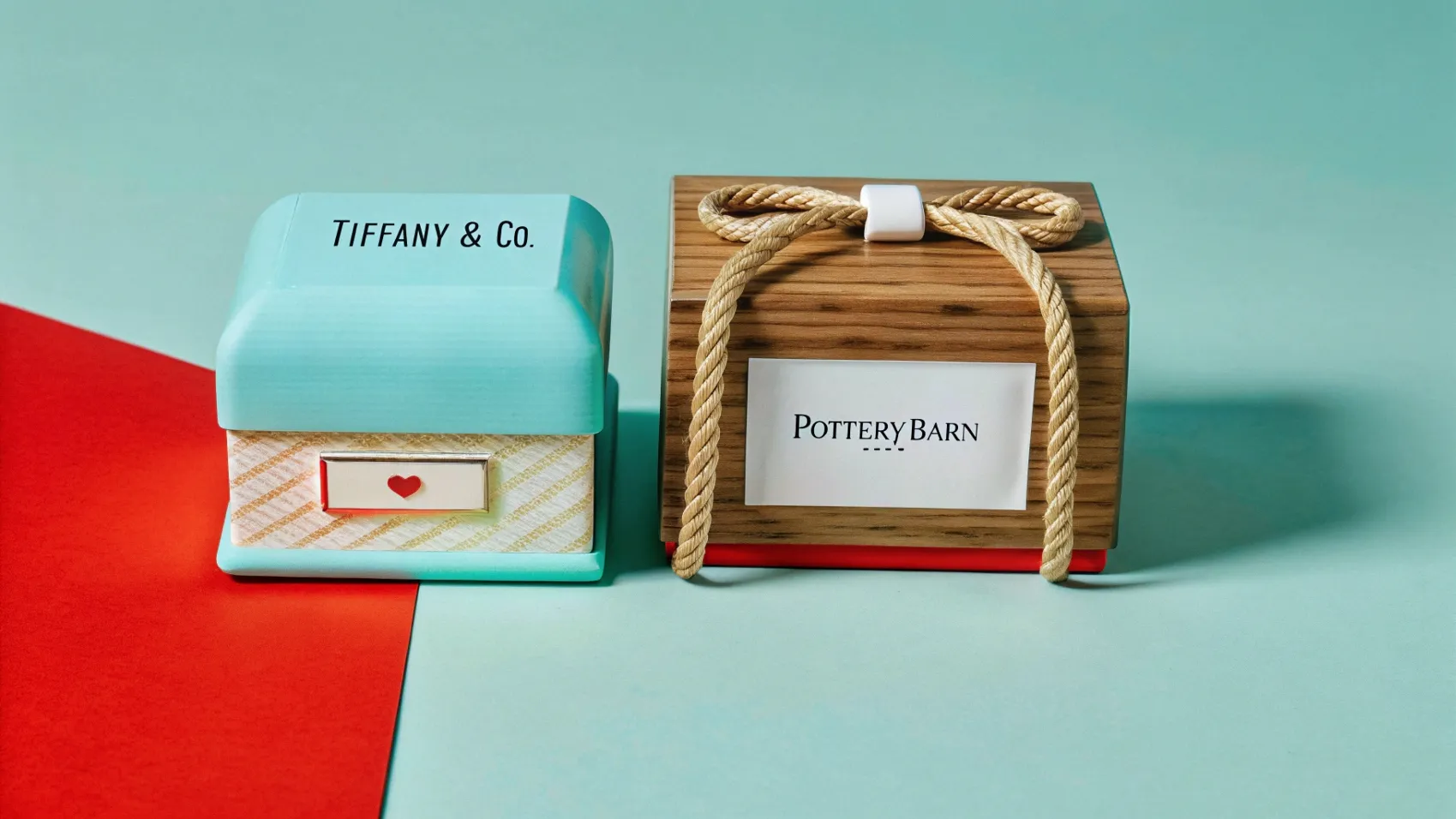
Custom jewelry box, a timeless accessory for storing precious items, has evolved from a simple storage container to a personalized luxury item. According to a market research report by Grand View Research, the global luxury goods market, which includes custom jewelry boxes, is projected to grow at a compound annual growth rate (CAGR) of 6.8%… Continue reading Ultimate Guide to Choosing the Best Materials for Sustainable Jewelry Boxes
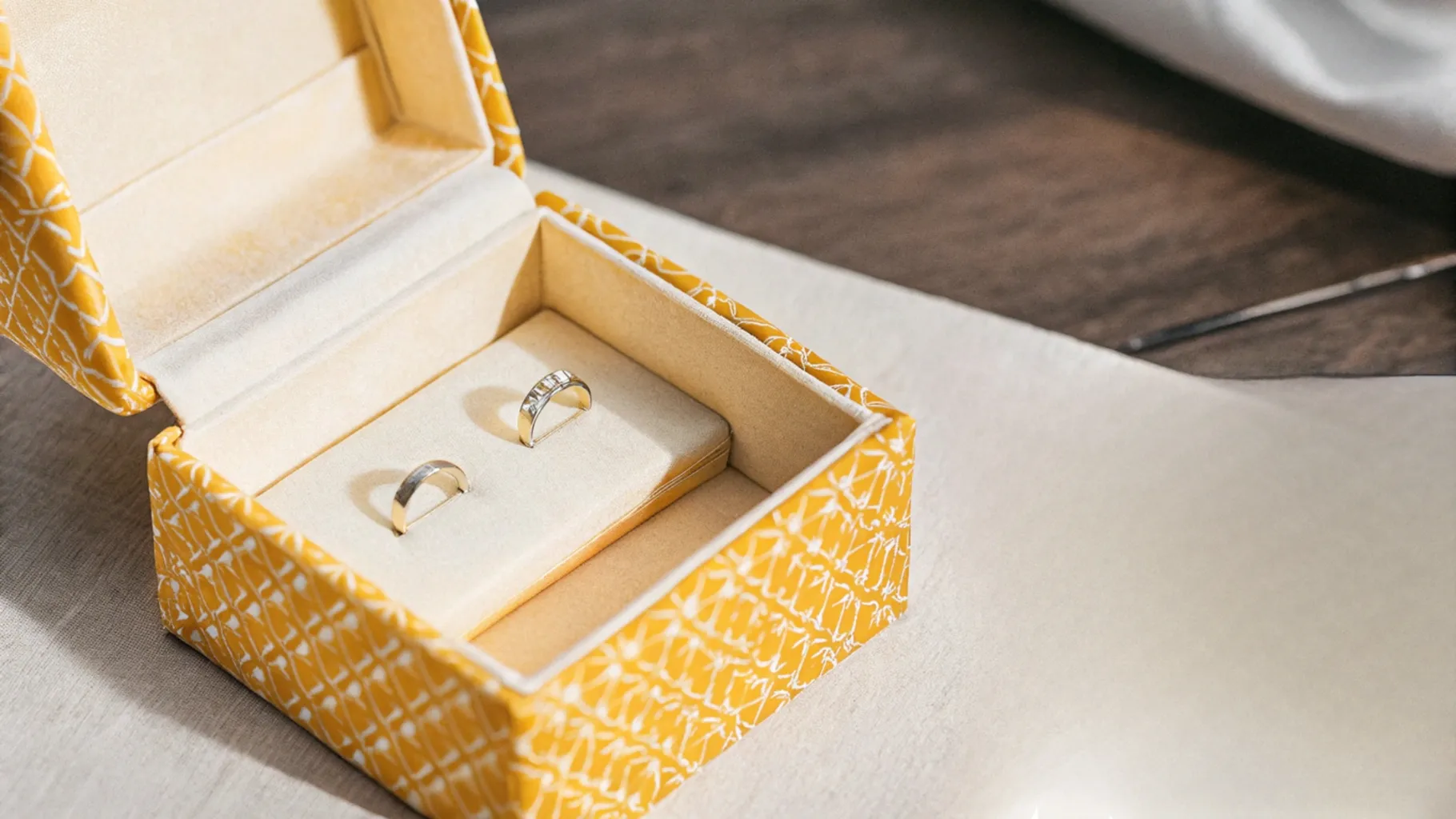
Richpack · Fabric Keepsake Boxes: A Step-by-Step Guide to Storage Solutions We’re about to unleash a world of vibrant, personalized storage with fabric Keepsake fabric keepsake boxes! The global gift fabric keepsake boxes market was estimated at $38.93 billion in 2033, with a projected compound annual growth rate (CAGR) of 6.98% from 2023 to 2030. This growth is driven by… Continue reading Ultimate Guide to Choosing the Best Materials for Sustainable Jewelry Boxes

According to a report by the National Retail Federation (NRF), a staggering 20% of returns are caused by damaged packaging. For jewelry e-commerce businesses, this is a significant blow. Richpack is well-aware of this pain point and is committed to providing customized packaging solutions for jewelry e-commerce. In particular, our patented shock-proof packaging with EPE… Continue reading Ultimate Guide to Choosing the Best Materials for Sustainable Jewelry Boxes
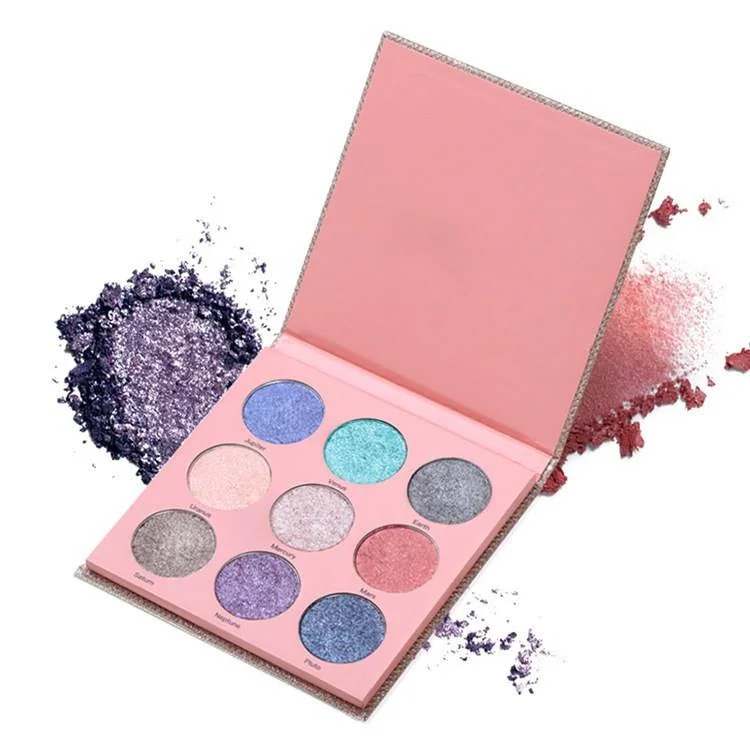
Cosmetic Eyeshadow Palette Packaging Hardcover Picture Frame Gift Paper Shadow Box Shadow Box
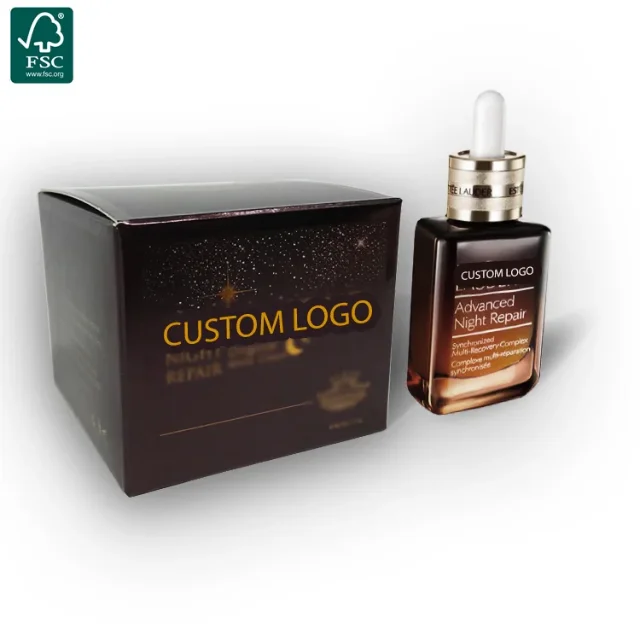
Creative Custom Cosmetic Packaging for Boutique Beauty Brands | Designed for Independent Retailers Needing Personalized and Branded Packaging

Custom Jewelry Box Inserts for Organized Storage – Premium Jewelry Box Dividers and Ring Box Inserts from Richpack to Elevate Your Display Solutions

Reliable Jewelry Store Supplies for Retail Display and Packaging | Trusted Wholesale Jewelry Supply Co for Custom Solutions
View More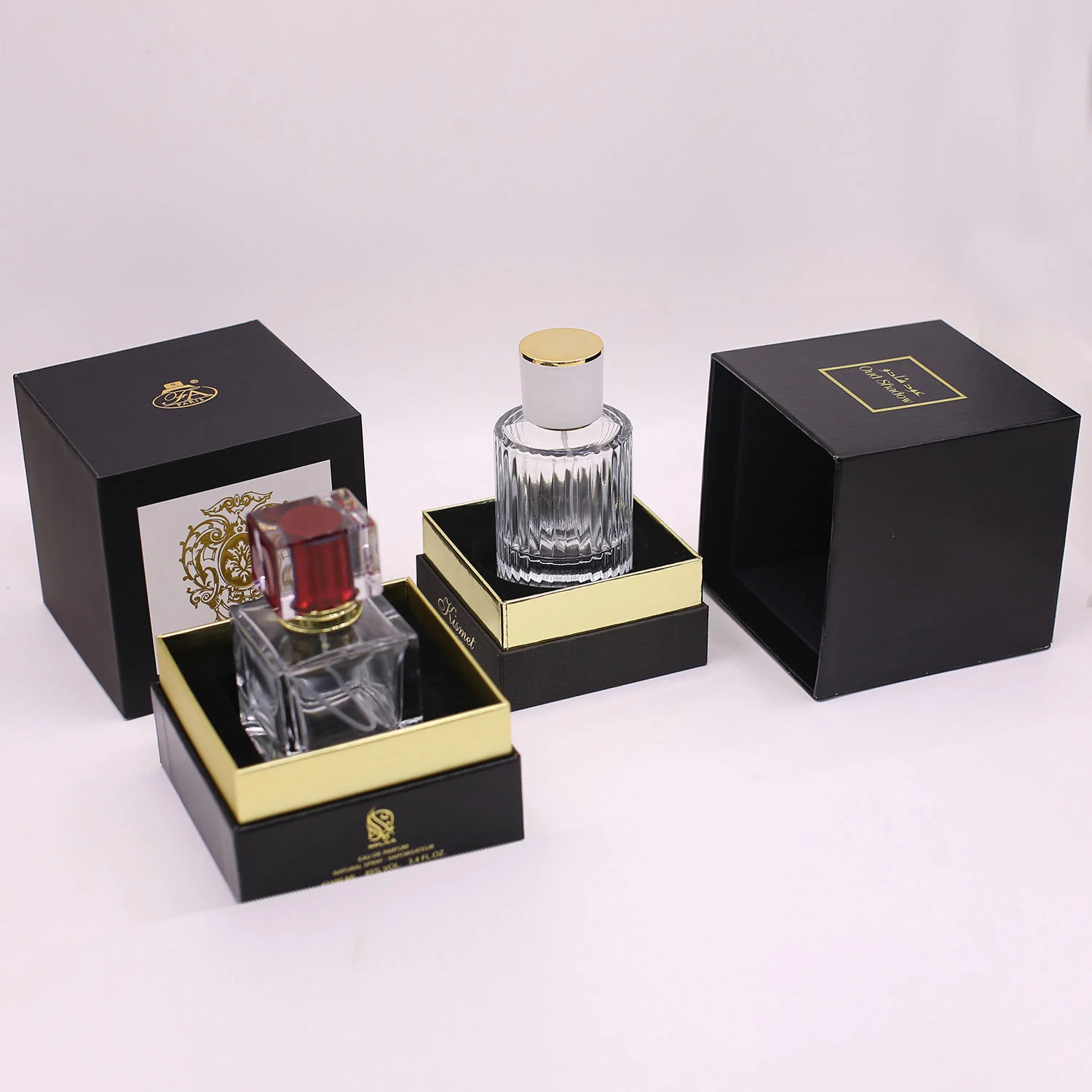
Affordable and Customizable Low Minimum Order Perfume Boxes for Small Businesses | Ideal for Boutique Perfume Brands Needing Tailored Packaging Solutions
View More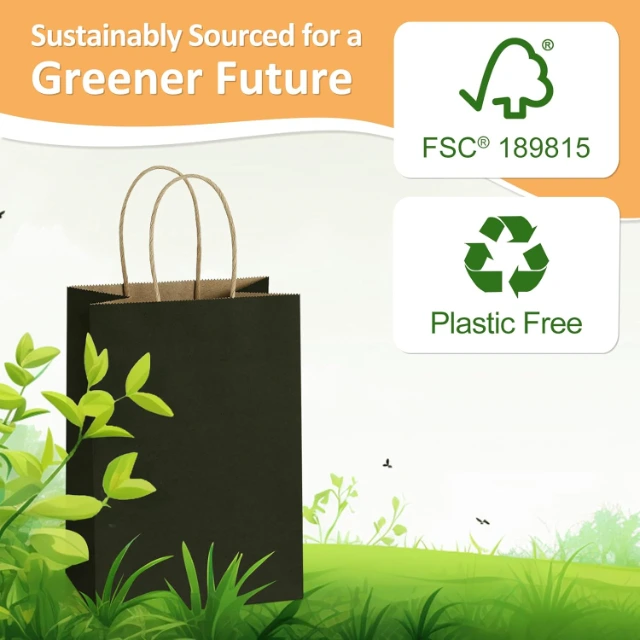
Black Kraft Paper Bags: 100% Recyclable, Durable and Stylish Packaging Solution
View MoreJust submit your email to get exclusive offers (reply within 12 hours)